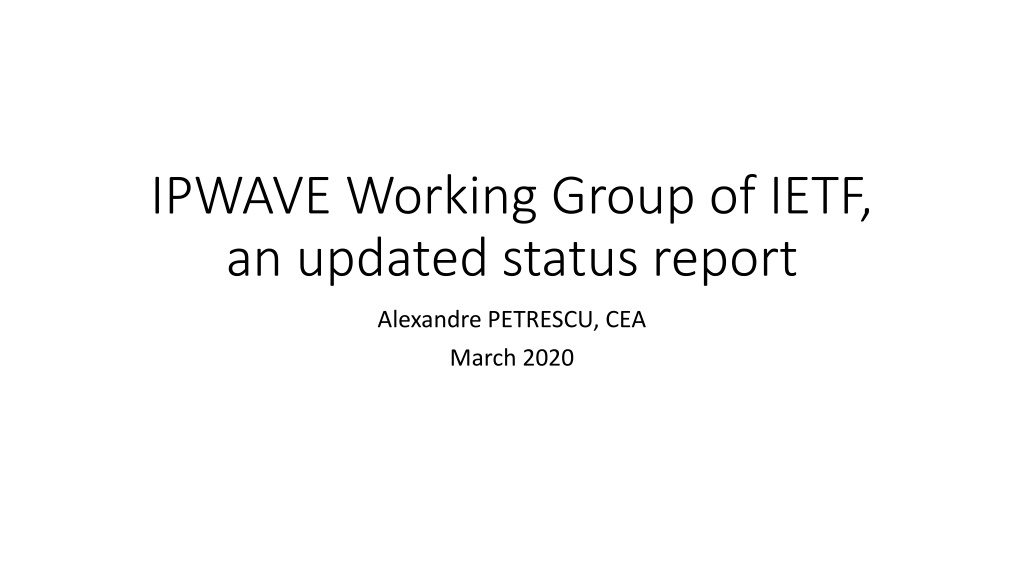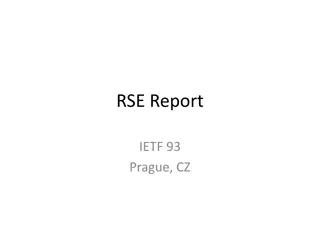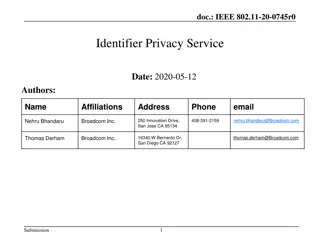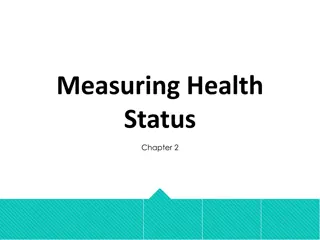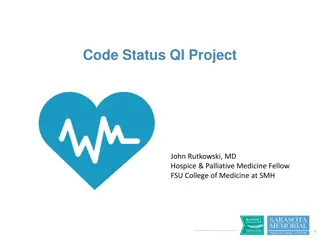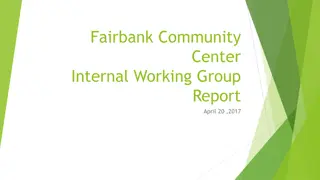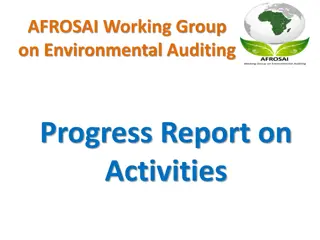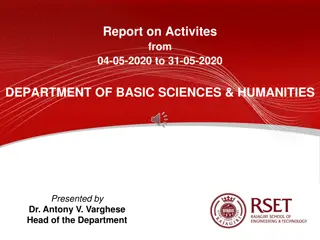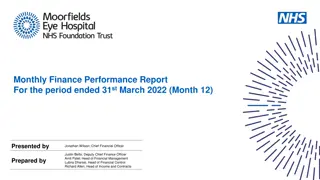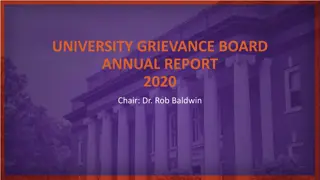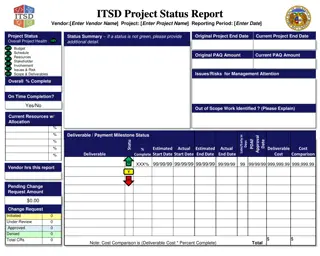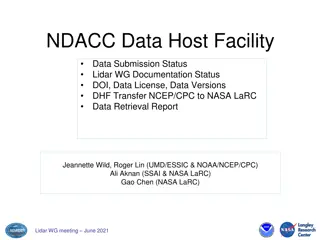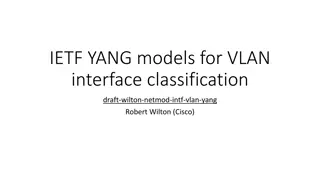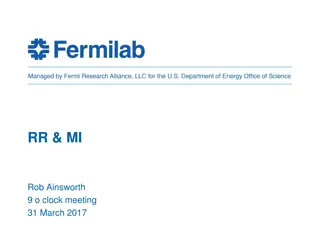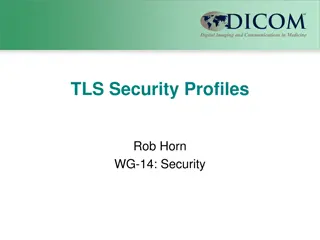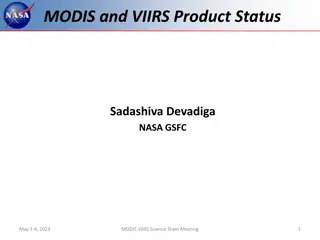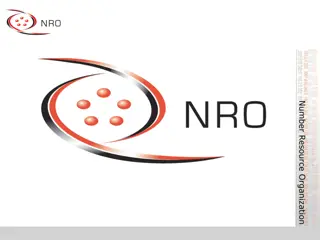IPWAVE Working Group of IETF - Status Report March 2020
IPWAVE Working Group of IETF focuses on IP Wireless Access in Vehicular Environments, addressing V2V and V2I use cases. Key items include IPv6 over 802.11-OCB and Problem Statement and Use Cases perspectives. The group collaborates with ISO, SAE, ETSI, and IEEE. Major achievements include RFC 8691 providing basic support for IPv6 networks operating outside the BSS context on IEEE Std 802.11. Future work areas cover address autoconfiguration, routing, mobility management, DNS, service discovery, security, and privacy for IP networking in vehicular environments.
Download Presentation

Please find below an Image/Link to download the presentation.
The content on the website is provided AS IS for your information and personal use only. It may not be sold, licensed, or shared on other websites without obtaining consent from the author.If you encounter any issues during the download, it is possible that the publisher has removed the file from their server.
You are allowed to download the files provided on this website for personal or commercial use, subject to the condition that they are used lawfully. All files are the property of their respective owners.
The content on the website is provided AS IS for your information and personal use only. It may not be sold, licensed, or shared on other websites without obtaining consent from the author.
E N D
Presentation Transcript
IPWAVE Working Group of IETF, an updated status report Alexandre PETRESCU, CEA March 2020
Contents What is IPWAVE Working Group Main WG item: IPv6 over 802.11 OCB Additional WG item: Problem Statement and Use Cases Perspectives
IPWAVE Working Group IP Wireless Access in Vehicular Environments (IPWAVE) is a Working Group at the Internet Engineering Task Force (IETF). Works on V2V and V2I use-cases where IP is well-suited as a networking technology . Liaisons with ISO TC 204, SAE, ETSI ITS, IEEE. Group formed in year 2016, after successful Birds-of-a-Feather (BoF) www.ietfjournal.org/intelligent-transportation-systems-and-the-ietf/ Email list, roughly 340 subscribers www.ietf.org/mailman/listinfo/its
Main Work Item: IPv6 over 802.11-OCB draft-ietf-ipwave-ipv6-over-80211ocb-52 publicly accessible IEEE 802.11p is a MAC and PHY layer for vehicular wireless networks: Operates Outside the Context of a BSSID (802.11-OCB). Works at 5.9GHz bands channels with a short 10MHz width. Requires the use of 802.11 QoS Data headers. Higher power levels are allowed (33 dBm, 40 dBm, country-specific). Future evolutions: 802.11bd. Running an IP layer on 802.11-OCB requires the definition of a few parameters: EtherType is 0x86DD Default MTU is 1500 bytes, minimum MTU size is 1280 bytes Priority (TID) is 1, i.e. Background , also known as AC_BK Interface Identifiers are: based on EUI-64, or are Stable or Opaque IIDs; of length 64 bit. Use IPv6-over-Ethernet [RFC2464], and a simple frame translation from 802.3 to 802.11 in order to minimize the code changes. Subnet structure: recommendations on the use of Neighbor Discovery and Mobile IPv6 protocols in vehicular settings. Security considerations, privacy.
Status RFC 8691 Basic Support for IPv6 Networks Operating Outside the Context of a Basic Service Set over IEEE Std 802.11 issued in December 2019
Additional WG item: Problem Statement and Use Cases draft-ietf-ipwave-vehicular-networking-12 publicly accessible Exercise in identifying gaps and open areas, prioritize for potential upcoming work; Analyse address autoconfiguration, routing, mobility management, DNS, service discovery, security and privacy for IP networking in vehicular environments; Describes general problems; Describes IP-related problems; Mentions also the use of IP in cellular networks for vehicular environments.
Status WG item IPWAVE Problem Statement still undergoing reviews Received comments The Working Group IPWAVE will not meet in Singapore IETF (November 2019).
Which channel for IPv6 on 802.11-OCB? FCC plan to re-allocate channels in the 5.9GHz band https://docs.fcc.gov/public/attachments/DOC-361339A1.pdf Response from some members of the IPWAVE WG: https://www.fcc.gov/ecfs/filing/10115292918548 The response basically asks on which channel is one allowed to run IPv6 over 802.11-OCB?
IPWAVE WG Perspectives Potential new problems to address: All problems from the Problem Statement Draft 5G NR-V2X and beyond, 3GPP Release 16: IPv6 on 5G? With srsLTE open source Use of IP in Urban Air Mobility, and flightooning Relationships to: ATN email list Drone Remote ID Protocol (DRIP) new WG IP-based communications between cars and traffic lights, across countries QoS throughout CAN and 802.11-OCB Locator-Identifier Separation Protocol (LISP) for mobility in vehicular environments Wireless battery charging system for electrical vehicles, navigator systems, and infotainment with technologies designed in IPWAVE WG https://its.dot.gov/code/ ITS Code Hub Work on OCB mode for driver ath10k. (until end of March).
